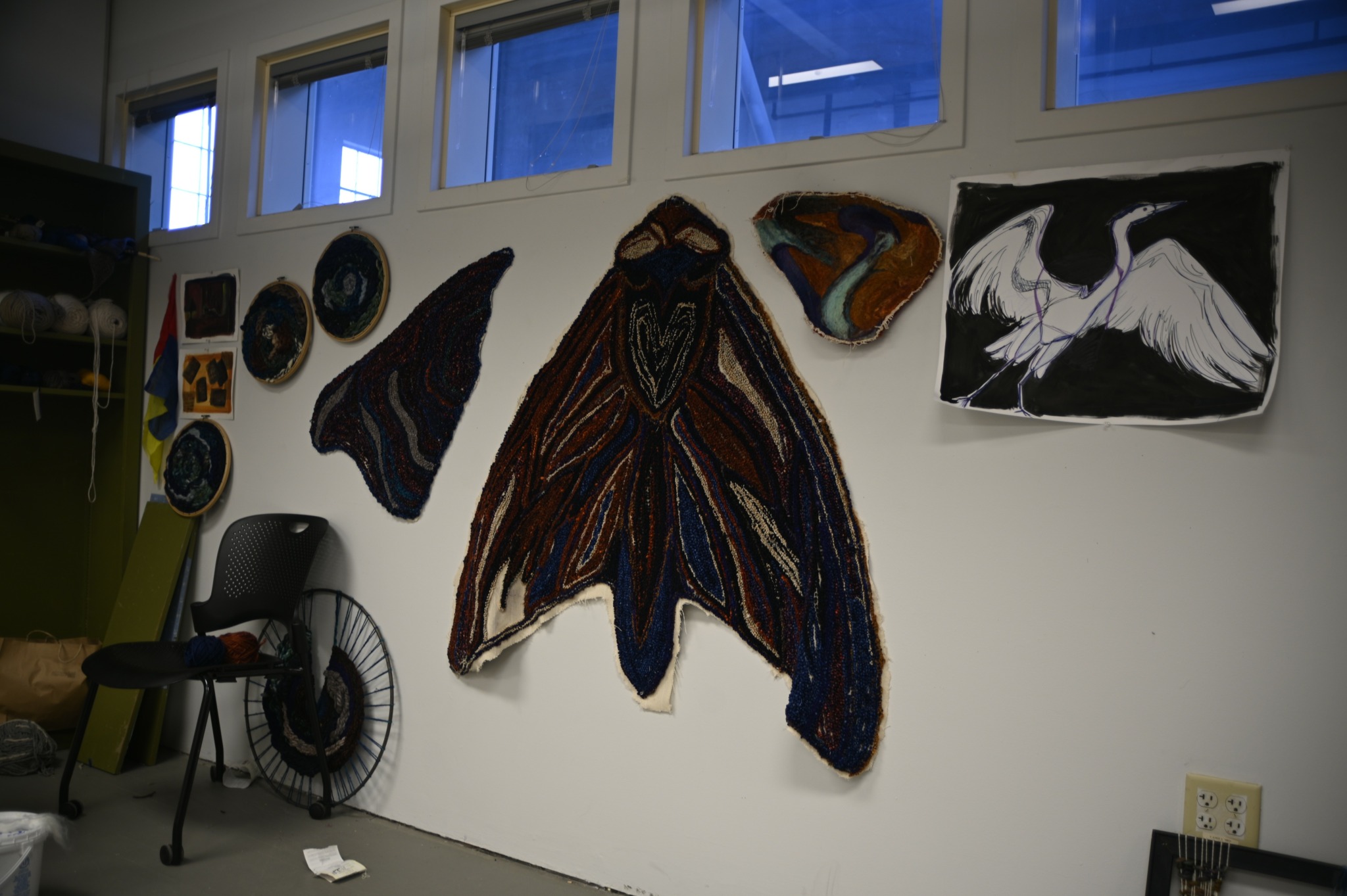We were lucky to catch up with Ren Han recently and have shared our conversation below.
Ren, thanks for joining us, excited to have you contributing your stories and insights. How did you learn to do what you do? Knowing what you know now, what could you have done to speed up your learning process? What skills do you think were most essential? What obstacles stood in the way of learning more?
My mom taught me how to crochet and knit when I was a child-I was too young at the time to fully appreciate the craft but this later became the catalyst for learning more about the fiber arts. Crocheting during college and the pandemic led to weaving on a rigid heddle loom, which led to learning how to spin on a spinning wheel. I also learned how to punch needle during this time, and now I rug tuft large moth-like creatures for my artwork.
Knowing what I know now, I likely would have joined a guild or weaving workshop to learn more quickly and more hands-on. Most of what I currently know is from watching hours and hours of youtube videos, reading old blogs, and figuring out how to do various techniques as I went. I think my ability to adapt and sensitivity to touch was valuable in learning textile arts as well as my fine art and painting background, coupled with being meticulous and detail-oriented. I was unafraid to make mistakes and experiment with combinations of fiber techniques to arrive where I am today.
Obstacles for learning were mainly due to difficulties in beginner accessibility-it’s fairly straight forward to find crochet hooks and knitting needles and there are a lot of tutorials on how to begin, but as you get to more advanced techniques like spinning, there is less on the internet and it seems as though many learn how to spin through being taught by master spinners/guild members. Similarly, I can only weave so many patterns on a rigid heddle loom before I needed to acquire a floor loom. These are expensive and generally unwieldy/hard to move to different spaces due to their size.
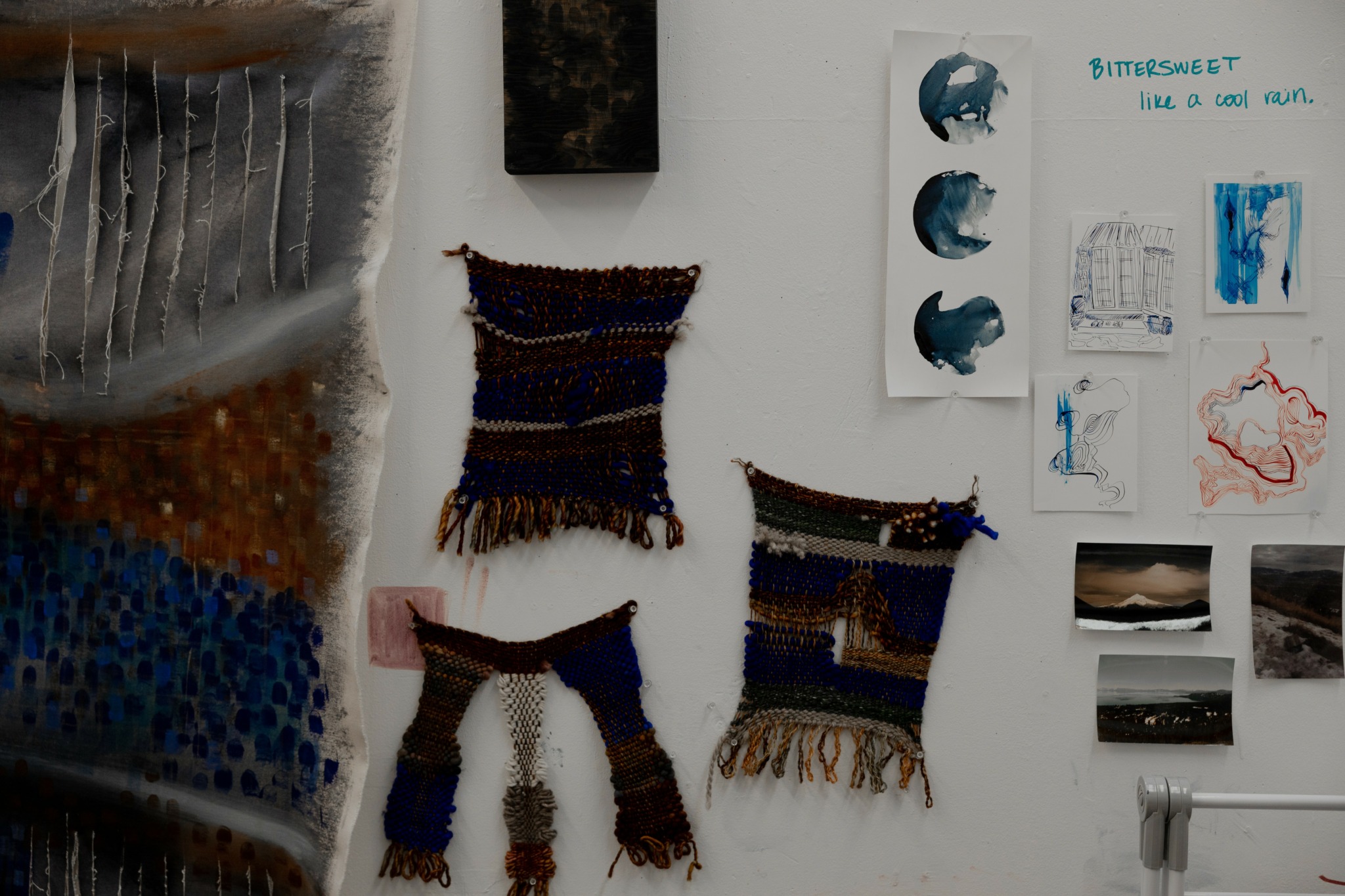
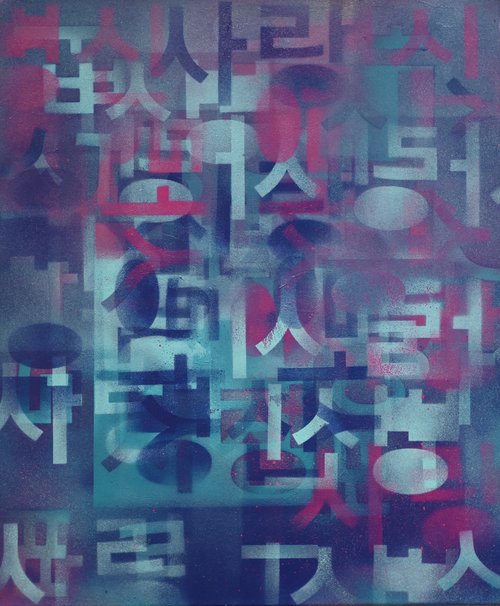
Ren, love having you share your insights with us. Before we ask you more questions, maybe you can take a moment to introduce yourself to our readers who might have missed our earlier conversations?
I definitely dip my toes into a bit of everything! My main specialties in visual art are painting+ drawing + printmaking, textile work/craft, and I also own an interdisciplinary design company called Fox Rain Studios that covers some of my other creative/graphic design oriented interests. I took an introduction to painting class in undergrad and got hooked on making things-and since then I’ve been pursuing everything and anything to do with the arts. During quarantine, I bought my first spinning wheel for myself after learning about the different kinds of natural fibers and I was instantly in love. I tend to be meticulous and detail-oriented in my craft, and that applies to different kinds of contract work I do as well. My father and I used to work with wood when I was younger and he would always say ‘Measure twice, cut once’. I apply this principle to design work, and to some extent my textile work as well while allowing a bit more freedom.
Currently, I am working on developing an at-home studio practice while I home in on what my career passions are-I work at a plant store and do designing for them as well as children’s book cover illustrations for an author releasing her sixth book soon. My hope is that I can maintain a thriving artistic career in interdisciplinary visual art while creating narratives through the different mediums and become an educator for young artists learning to be confident in themselves.

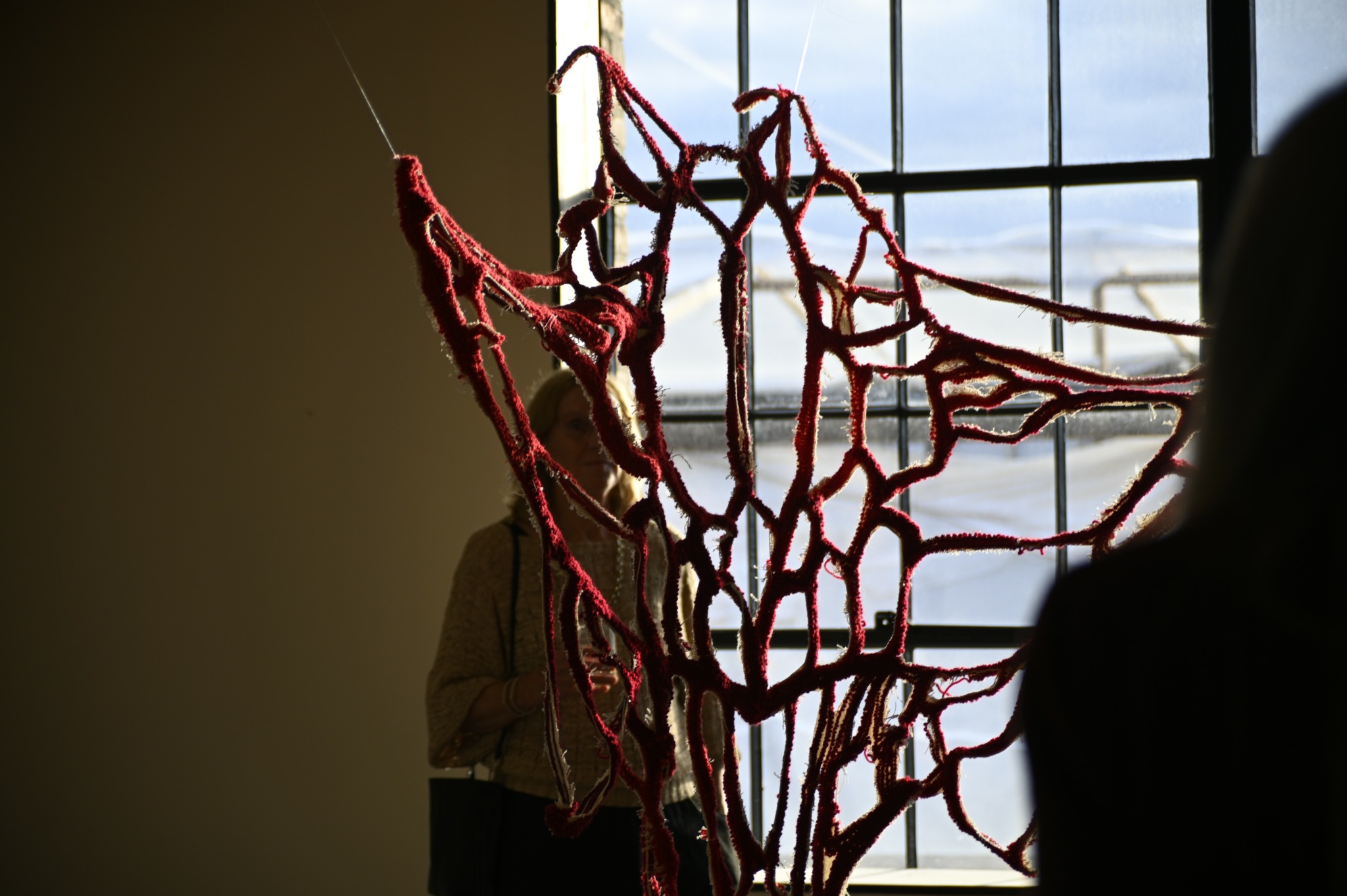
What do you find most rewarding about being a creative?
One of my most impactful experiences in grad school was having Anuradha Vikram (curator and artist based in California) come and speak regarding an artists’ role in the world. She said something along the lines of ‘Artists don’t make direct changes. Artists do best at showing people that things can be different.’ And that has stuck with me since then. I love that art initiates conversation, initiates people to tap into something inherently social, conversational, connective. I want to make work that allows people a space to engage with their own inner creativity and realize that we can empathize with each other. It is similarly rewarding for me to teach-I feel the most fulfilled when I can instill a drive and sense of critical thinking in my students that they can hopefully apply to their vibrant lives and understand that making art does not have to be about suffering.
In the studio, the most rewarding aspect of being a creative is the feeling of making something. Tactility and process are both big contenders in my work and are a constant part of the experiment. I am always getting my hands dirty, both metaphorically and physically, and I feel so much closer to my materials often than I am to my finished works.
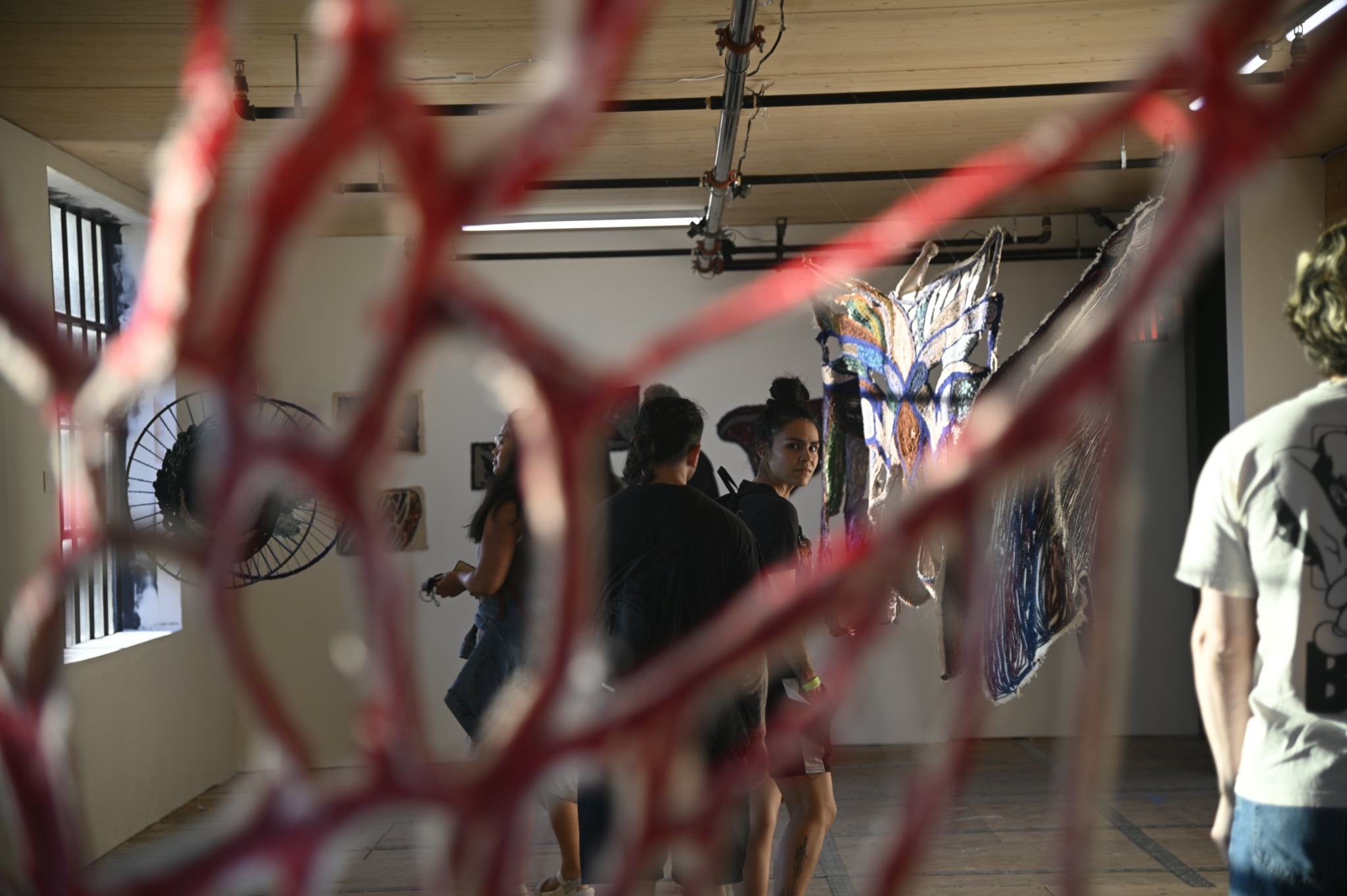
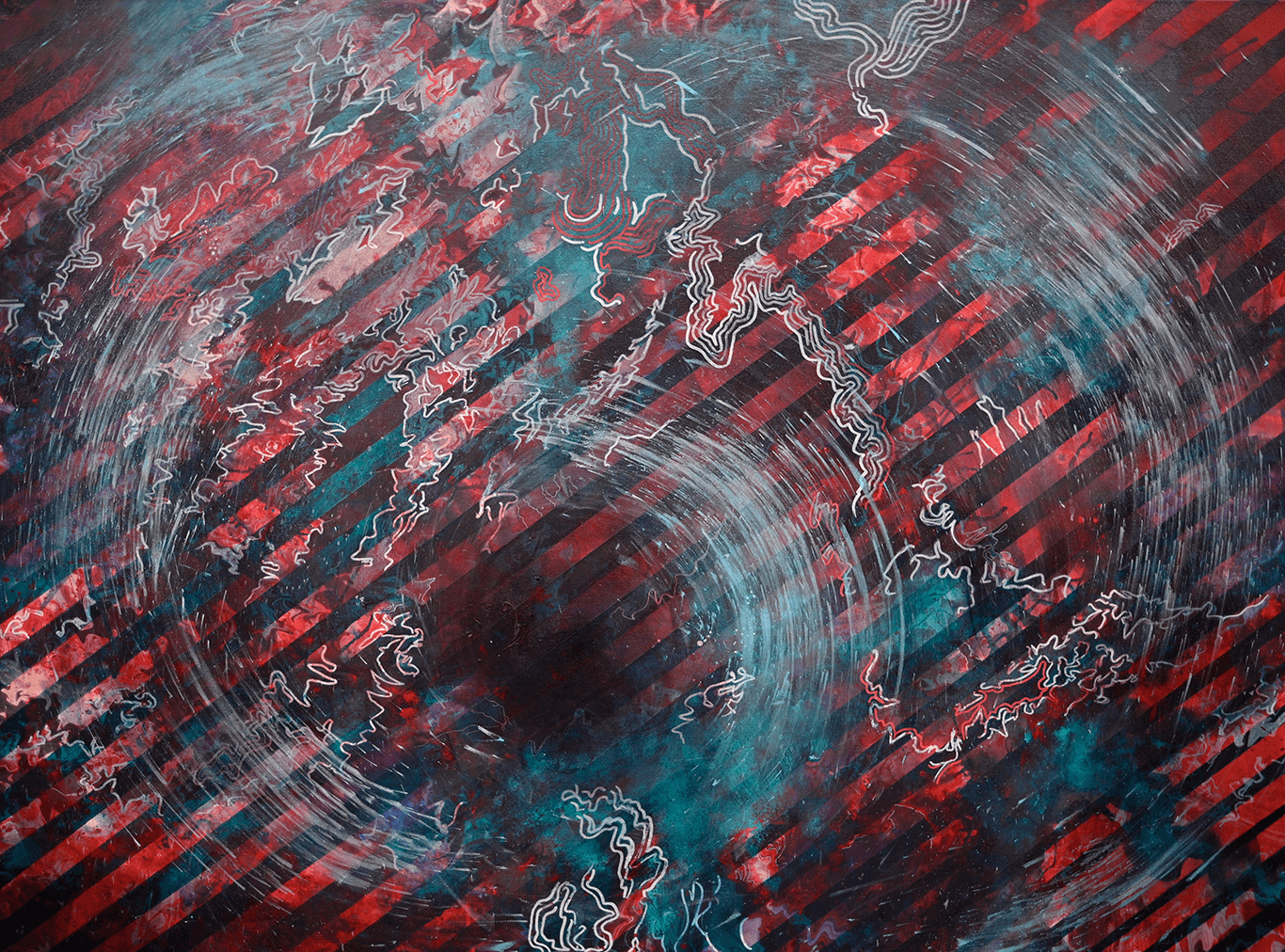
What’s a lesson you had to unlearn and what’s the backstory?
Definitely the concept of overworking/sacrificing your mental health/physical health for a desired outcome. I’m a notorious workaholic and growing up I had this idea that unless I was actively suffering, I wasn’t being productive enough. I went through long backbreaking hours of academics in high school, and art in college for the sake of my work. I would spend ten hours straight working, munching on a sandwich between paint strokes, staying up until 6am to keep painting and doing textile processing. It’s how my parents taught me that work is qualified, by the amount of time and strife you put yourself through. It’s simply unsustainable, and I’m still recovering from it. Recently graduating from grad school, my whole summer has been spent unable to do the things I really want to do creatively because my body is traumatized. Take care of your bodies, your minds, your hearts. Life is simply too short to kill your body over making artwork.
Contact Info:
- Website: https://www.renatwork.com
- Instagram: https://instagram.com/renhollyaster

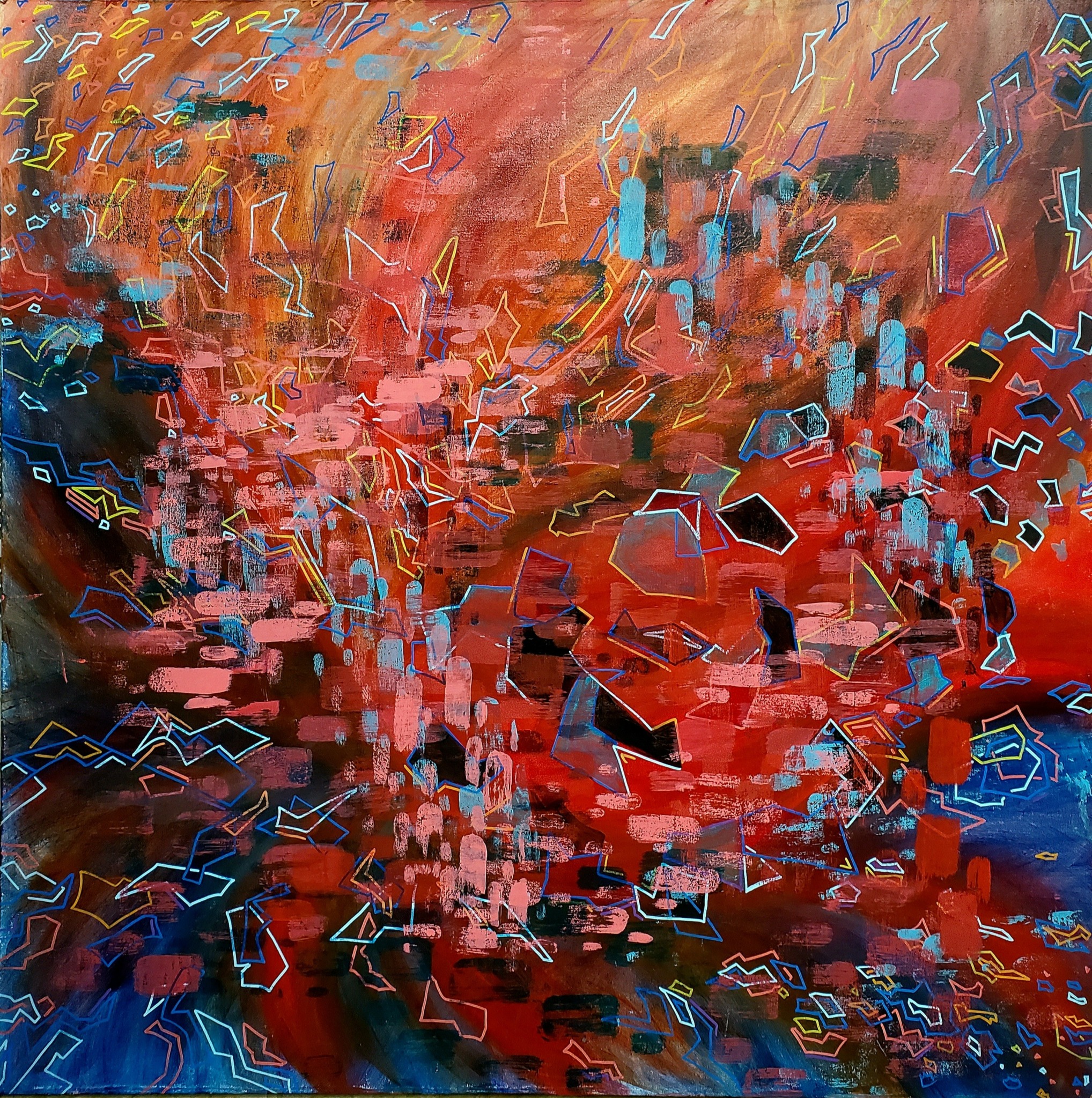
Image Credits
Sailor (Delich) Dorgan


